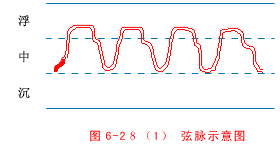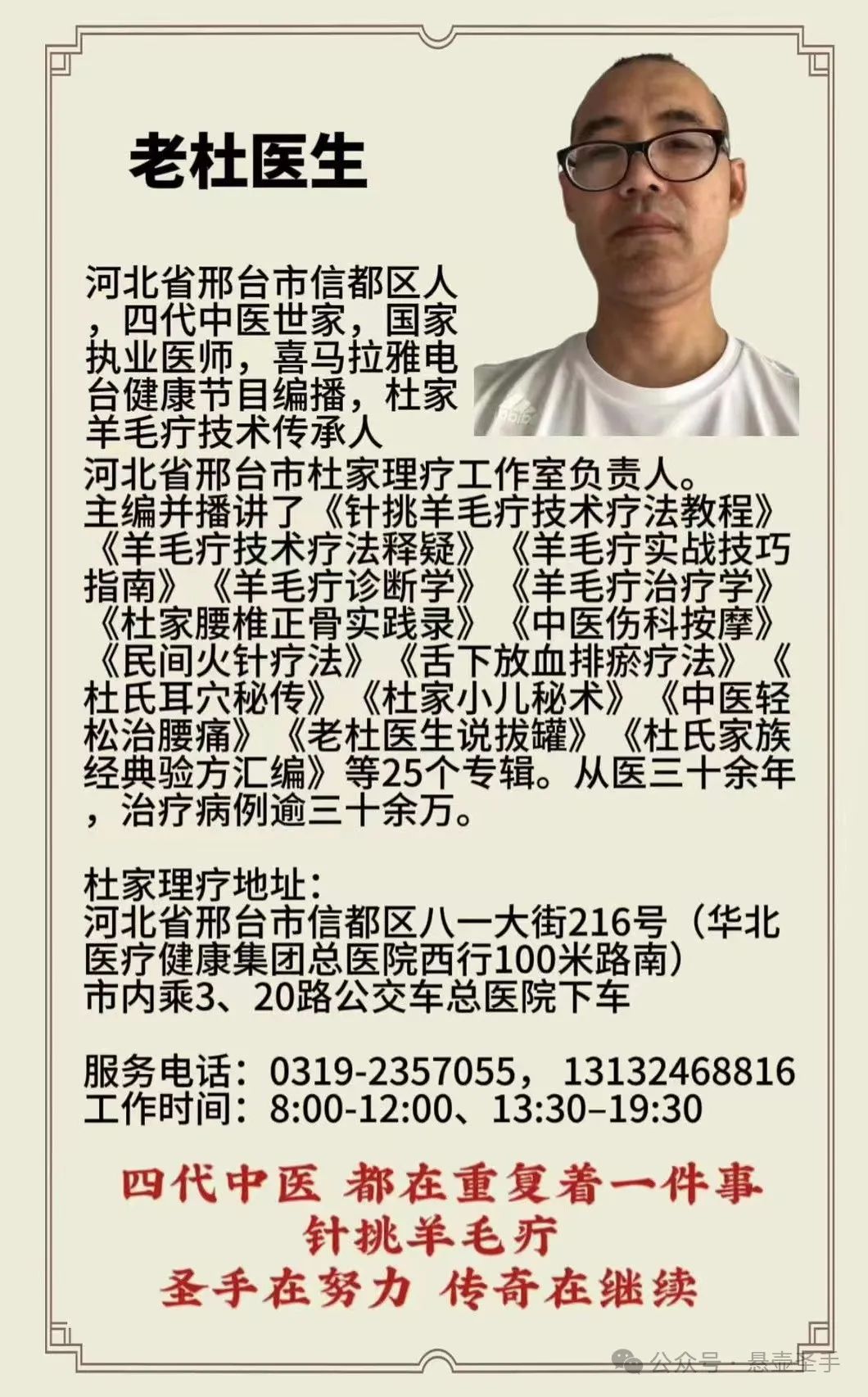
In the complex system of pulse diagnosis in Traditional Chinese Medicine (TCM), the Xian Mai (Xian Pulse) is notable for its unique characteristics and broad range of associated diseases. The “Body Image Song” (体象歌), “Main Disease Song” (主病歌), and “Combined Pulse Song” (兼脉歌) provide different perspectives on the Xian Pulse, offering key insights into the health mysteries behind it.
 The Xian Pulse is described in the “Body Image Song” as “like a string on a musical instrument, light and empty yet smooth; straight and long, firm under the fingers.” The shape of the Xian Pulse resembles a taut string, possessing a certain tension. When the fingers touch the pulse, one can feel the pulse vessel is straight and elastic, akin to pressing on a string, providing a firm sensation under the fingers. Additionally, the Xian Pulse has the characteristic of being “light and empty yet smooth,” indicating that the pulse is not rigid but carries a certain softness and fluidity, distinguishing it from other pulse types.
The Xian Pulse is described in the “Body Image Song” as “like a string on a musical instrument, light and empty yet smooth; straight and long, firm under the fingers.” The shape of the Xian Pulse resembles a taut string, possessing a certain tension. When the fingers touch the pulse, one can feel the pulse vessel is straight and elastic, akin to pressing on a string, providing a firm sensation under the fingers. Additionally, the Xian Pulse has the characteristic of being “light and empty yet smooth,” indicating that the pulse is not rigid but carries a certain softness and fluidity, distinguishing it from other pulse types.
The “Main Disease Song” indicates that the Xian Pulse is associated with “Liver Wind, pain, malaria, phlegm, and fluid retention.” The Xian Pulse is closely related to the liver, which governs the smooth flow of Qi. When liver function is impaired and Liver Wind stirs internally, the pulse often presents as Xian. Furthermore, the Xian Pulse is frequently observed in various pain conditions, as pain can obstruct the flow of Qi and blood, leading to a taut pulse. During a malaria attack, intense conflict between the righteous and evil Qi can also manifest as a Xian Pulse. Additionally, the presence of phlegm and fluid retention can reflect as a Xian Pulse. Specific to different locations, the diseases associated with the Xian Pulse vary. “Xian at the left cun indicates heart pain,” where the left cun corresponds to the heart, suggesting that the Xian Pulse here indicates poor circulation of Qi and blood in the heart, potentially leading to heart pain. “Xian at the right cun indicates chest and head pain,” where the right cun relates to the lungs and upper jiao, the Xian Pulse here may be seen in conditions affecting the chest and head, such as chest pain or headache due to lung Qi not dispersing. “Xian at the left guan indicates phlegm, malaria, and masses,” where the left guan primarily reflects liver conditions, indicating liver disease with possible phlegm, malaria, or mass accumulation. “Xian at the right guan indicates cold in the stomach and diaphragm pain,” where the right guan corresponds to the spleen and stomach, indicating cold affecting the spleen and stomach, leading to pain in the epigastric region and diaphragm. “Xian at the left chi indicates fluid retention in the lower jiao,” where the left chi reflects the kidneys and lower jiao, suggesting fluid retention in the lower jiao, potentially leading to urinary difficulties and lower limb edema. “Xian at the right chi indicates foot cramps and hernia pain,” where the right chi primarily reflects kidney Yang, indicating kidney Yang deficiency and cold congealing in the lower jiao, leading to foot cramps and hernia pain.
The “Combined Pulse Song” further elaborates on the conditions associated with the Xian Pulse when seen alongside other pulse types. “Floating Xian indicates fluid retention,” where the floating pulse indicates exterior conditions, and the Xian Pulse indicates fluid retention, suggesting that fluid is retained in the upper body, leading to symptoms such as cough, wheezing, and chest fullness. “Deep Xian indicates suspended fluid,” where the deep pulse indicates internal conditions, and the deep Xian indicates fluid retention in the chest and hypochondrium, leading to symptoms such as chest and hypochondriac pain. “Xian and rapid pulse indicates heat,” where the Xian Pulse appears with a rapid pulse, suggesting the presence of heat in the body, possibly due to liver Qi stagnation transforming into fire. “Xian and slow pulse indicates cold,” where the Xian Pulse appears with a slow pulse, indicating internal cold obstruction, such as pain due to cold congealing Qi stagnation. “Xian and large pulse indicates deficiency,” where the Xian Pulse appears with a large pulse, indicating insufficient righteous Qi, possibly due to prolonged illness leading to deficiency of Qi and blood but still with liver Qi stagnation. “Xian and thin pulse indicates tension,” where the Xian Pulse appears with a thin pulse, indicating insufficient Qi and blood and tension in the meridians, potentially leading to joint pain and tension. “Yang Xian indicates headache,” where Yang Xian refers to a floating Xian Pulse, often seen in cases of external pathogenic invasion or liver Yang rising leading to headache. “Yin Xian indicates abdominal pain,” where Yin Xian refers to a deep Xian Pulse, often indicating internal cold obstruction or liver Qi stagnation causing abdominal pain. “Single Xian indicates fluid accumulation,” where single Xian refers to a pure Xian Pulse, indicating the presence of fluid accumulation in the body, potentially indicating chronic phlegm conditions. “Double Xian indicates cold obstruction,” where double Xian may refer to a pronounced and forceful Xian Pulse, often seen in cases of severe cold obstruction and long-standing stubborn conditions.




